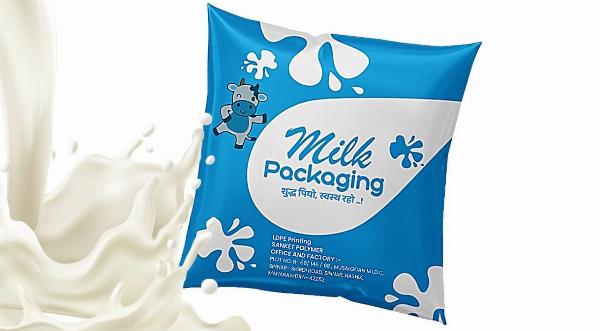
Every investor dreams of building a $1 million nest egg for retirement, but some simply dismiss the idea that they could ever save that much, thinking it’s impossible. That’s unfortunate, because for most Americans, it simply isn’t.
Find Out: 3 Signs You’ve ‘Made It’ Financially, According to Financial Influencer Genesis Hinckley
For You: How Much Money Is Needed To Be Considered Middle Class in Your State?
One of the most important components of building a seven-figure portfolio is something every investor starts out with: time. The other, which may take a bit of expert advice, is investment returns. But given enough time, compound interest can overcome even moderate investment returns and build a $1 million portfolio.
Use the Power of Compound Interest
The power of time in the market is quite amazing when seen in black and white. But to snag the biggest gains that compound interest can offer, investors may have to wait decades, something that can be hard to do — especially for those new to investing.
But it’s worth looking at to realize how relatively straightforward amassing a $1 million portfolio can be, if you earn decent market returns and start as early as possible.
Imagine a 20-year old investor who wants to retire at age 65, which is actually two years before the Social Security Administration will pay you your full benefits. Earning a relatively modest 6% average annual return, this investor will only have to sock away about $363 per month to reach a $1 million portfolio. If he or she can instead earn the 10% that the stock market has returned annually over the long run, the required monthly saving amount would drop to a minuscule $96.
But even if an investor waits until age 30, retiring with $1 million at age 65 is still very reachable. At an average annual return rate of 6%, it would require savings of $702 per month — but if an investor can earn 10% annually, that amount drops to a paltry $264.
These examples show that investing for decades can pay huge returns in terms of compound interest. But there’s also no denying that the higher an investor’s return, the easier it will be to reach a $1 million portfolio.
Learn More: I’m a Financial Advisor: My Wealthiest Clients All Do These 3 Things
Improve Investment Returns
So, what are the best ways to improve investment returns? If you believe one of the most successful investors in the world, Berkshire Hathaway CEO Warren Buffett, simply stick your money in a low-cost index fund.
As the famed billionaire told CNBC in 2017, his best advice for the average investor is to “consistently buy an S&P 500 low-cost index fund. I think it’s the thing that makes the most sense practically all of the time.”
Story ContinuesBuffett made this statement because it’s a demonstrated fact that most investors, even professional ones, can’t consistently beat the stock market’s overall return.
For one thing, it’s hard to consistently pick stocks year over year that outperform the market’s fairly impressive 10% average annual return. But the low cost of index funds also makes it easier for them to outperform actively managed accounts, as their returns are not dragged down by high fees.
Stick to a Consistent Investment Schedule
Of course, it’s one thing to chart out a path to $1 million and quite another to actually do it. While relatively small amounts of savings can grow to a seven-digit value over time, the process only works if investments are made consistently.
The best way to never miss a monthly contribution is to automate transfers from a bank account to an investment account. Then, no matter what’s happening in the market or in an investor’s personal financial life, that money is automatically invested.
To have an even better chance of reaching that lofty $1 million level, it’s also a good idea to increase contributions in line with income. Most workers earn more in their 30s than in their 20s, and in their 40s than in their 30s, and so on, so it’s a good strategy to boost contribution levels as income rises.
Contributing “extra money,” such as gifts, tax refunds or year-end bonuses, is another good way to boost account values without taking on any additional financial burden.
More From GOBankingRates
-
3 Luxury SUVs That Will Have Massive Price Drops in Summer 2025
-
4 Things You Should Do if You Want To Retire Early
-
I'm a Retired Boomer: 6 Bills I Canceled This Year That Were a Waste of Money
-
7 Tax Loopholes the Rich Use To Pay Less and Build More Wealth
This article originally appeared on GOBankingRates.com: 3 Wealth Tips for a $1 Million Portfolio













